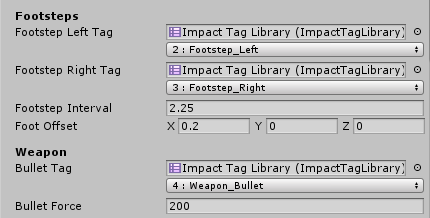I think this satisfies the threshold of "minimum viable publication". So write this up and reference it here.
Full impl.:
getLineStart(tokenPosition, anteTerminators = null) {
if (tokenPosition > this._edge && tokenPosition != this.length) {
throw new Error("random access too far out"); // XXX
}
// NB: Since line terminators can be the multibyte CRLF sequence, care
// must be taken to ensure we work for calls where `tokenPosition` is some
// start minus 1, where that "start" is some line start itself.
for (let i = this._lineTerminators.length - 1; i >= 0; --i) {
let current = this._lineTerminators[i];
if (tokenPosition >= current.position + current.content.length) {
if (anteTerminators) {
anteTerminators.push(...this._lineTerminators.slice(0, i));
}
return current.position + current.content.length;
}
}
return 0;
}
(Inlined for posterity, since this comes from an uncommitted working directory.)
